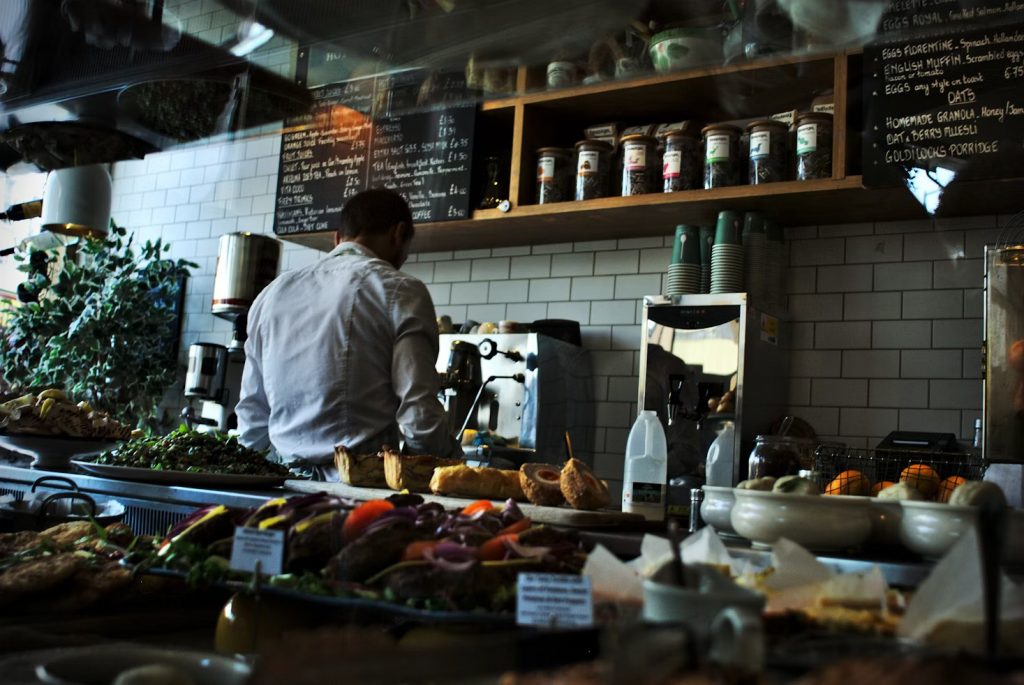Cooking Asian

Most, but not all, Asian cooking can be done on regular pots and pans, and in most other equipment you have in your kitchen. However, your life would be less complicated and much easier if you have the right tools to do your Asian cooking.
There is no need to purchase all these items in one go, since you don’t cook all the Asian recipes all at once.
You can begin with the essentials; a good wok and a good wok spatula are perfect. You can then build up your collection of Asian kitchen essentials as you go along.
Carbon steel wok
The wok will be one of the most versatile tools in your kitchen. You can stir-fry, roast, steam, boil, pan-fry and braise foods in your wok. Once properly seasoned, it will be naturally “non-stick”.
It’s almost impossible to replicate certain Chinese dishes using a regular non-stick pan because the wok can withstand much higher temperatures than a non-stick pan. (Most stir-fry dishes call for very high heat.)
There are woks made from different materials such as aluminum, stainless steel, and non-stick (with Teflon). Cast iron is good. If your wok has a flat base, you’ll be able to use it on your electric or glass-top stove.
If you have a traditional wok with a round base, you will need a wok ring to hold the wok in place over the burner.
Wok Spatula and Ladle
A wok goes hand-in-hand with a wok spatula while the ladle comes in handy for soups and sauces. Find a wok spatula and ladle with a wooden handle. The ones with stainless steel handles look attractive but they get slippery (with oil) as you cook.
Just as steel wok spatulas should never be used on a non-stick surface, bamboo, silicone and wooden spatulas should not be used in a wok as they won’t be able to properly pick up all of the food from the bottom of the wok.
Wok Lid
A wok lid paired with a metal steaming rack enables you to steam foods in your wok. You can also use the wok lid to braise meats in your wok.
Keep this lid on your wok when you store it so that dust does not settle on the surface. Most wok lids are made of aluminum so they tend to be very light.
Bamboo Wok Brush
A wok brush is all you will need to clean your wok. You can also use a stainless steel scrubber in place of a wok brush to clean your wok. Simply rinse the wok under running tap water, then move your wok brush in a circular motion to remove any food residue that may be stuck on the wok surface.
Place the wok back on the burner over medium-high heat to allow it to dry. Never use soap as it will remove the oils that are very much needed to season your wok.
Bamboo Skimmer
A bamboo skimmer (also known as a “spider skimmer”) comes in really handy when deep-frying or blanching food in your wok. You can pick up much more food with a skimmer as opposed to using your wok spatula.
You can find skimmers in a variety of sizes. Larger skimmers are great for blanching vegetables and noodles, while the smaller skimmers are easier to use when deep-frying.
Deep Fry Rack
Deep-frying will no longer be a chore with a deep-fry rack. You don’t have to hold the food against the side of the wok to wait for the excess oil to drain.
You simply pick it right up with your wok spatula or bamboo skimmer, and transfer it straight to your deep-fry rack. The excess oil will simply fall back into the wok.
Electric Rice Cooker
Rice is THE main staple in Asian cuisine. You could cook rice on a stove top but an electric rice cooker makes it SO much more convenient.
Simply fill the rice cooker with the rinsed uncooked rice, fill it with water to the level marked, and turn it on. Perfect rice every time. No more burnt, undercooked, or mushy rice.
Bamboo Steamers
Bamboo steamers are popularly used for dim sum. However, you can steam just about anything that you can fit into the steamer.
Simply boil some water in your wok and place the bamboo steamer right over it (make sure you leave about a couple of inches between the boiling water and the steamer).
Chinese Cleaver
A cleaver is especially useful for cutting meats like chicken, and even pork ribs. Most Chinese dishes with pork ribs usually require that it be cut into little pieces and a cleaver can do this job easily.
If you find a cleaver intimidating, a good chef’s knife will do (however, please ask your butcher to cut your pork ribs for you; don’t attempt that with a chef’s knife.)
Mortar and Pestle
A mortar and pestle are used to grind spices, make pastes, etc. I love to use it to mince garlic and to make sambal (ground chilies).
Some flavors just can’t be replicated using a food processor.Many dishes in Asia require the use of a mortar and pestle. Dipping sauces where chili, garlic, and other ingredients are pounded together.
Some other dishes need grilled glutinous rice reduced in powder. Finally, some traditional dishes like the spicy green papaya salad are prepared with a mortar and pestle.
Spider Strainer
Dumplings need to be strained quite well during prep time,you can do effectively with a spider strainer. This is a tool you can also use to scoop out spring rolls from the heat, gather egg rolls from the fryer, and even drain noodles after boiling.
Tempura is a popular Japanese dish consisting of battered and deep-fried seafood, vegetables, and other ingredients. A spider strainer carefully lowers the battered items into hot oil and retrieves them once they are cooked. Its wide, shallow basket and long handle allow easy maneuvering.
Asian hot pot dishes, such as Chinese hot pot or shabu-shabu from Japan, involve cooking various ingredients in a bubbling broth. A spider strainer is again used to fish out ingredients like meat slices, seafood, tofu, and vegetables from the pot for serving.







